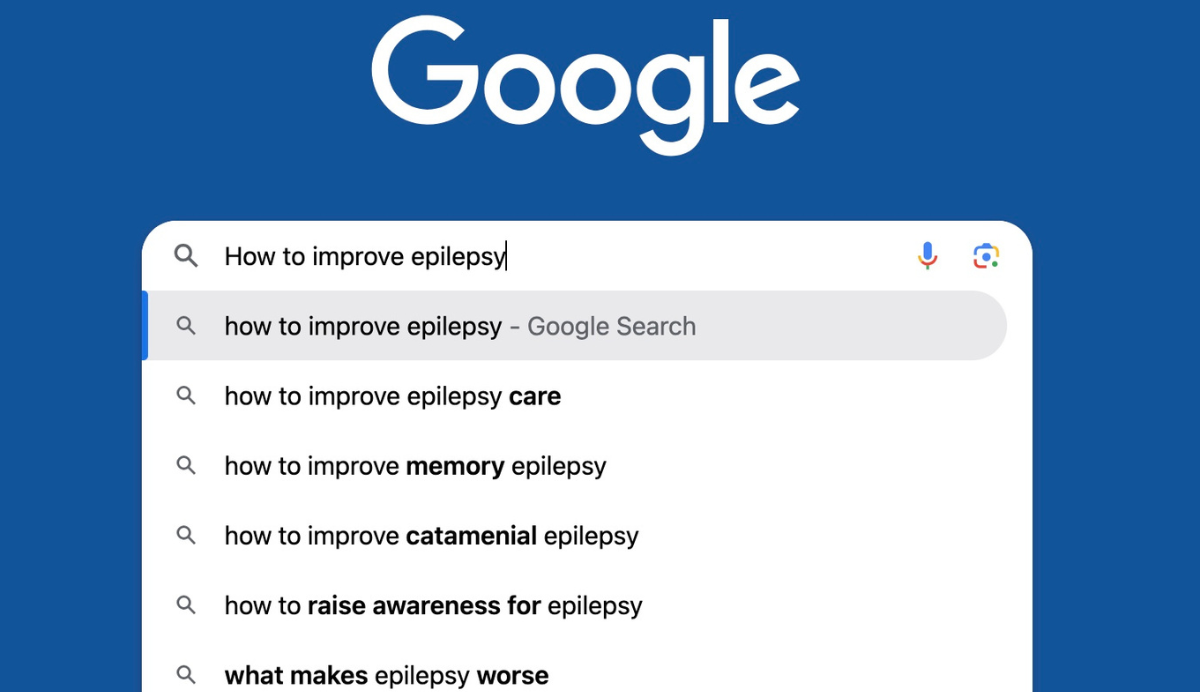Dr Suyi Ooi (3rd year)
Epilepsy and Imaging
Supervisor: Dr David Vaughan
PREDICTION BEGINS WITH DIAGNOSIS: ESTIMATING SEIZURE RECURRENCE RISK IN THE FIRST SEIZURE CLINIC
My PhD project is aimed at improving the prediction of seizure recurrence for people who have experienced their first seizure.
We are currently able to predict with a 50% accuracy rate who will go on to have another seizure, but this constitutes a lot of uncertainty for a patient.
I am aiming to improve that prediction rate through my research by using special computer software and machine learning to analyse structural MRI markers that might predict someone having a second seizure. We know that often small changes in the brains of people with epilepsy are not visible to the naked eye so the advanced MRI data may hold the key to improving recurrence prediction.
As part of my project, I have collected a cohort of more than 200 patients' data to create a prediction model. Early results are promising. In concluding my research, I will assess the accuracy of the prediction model on first seizure participants in the Australian Epilepsy Project.
As an early-career researcher, why is it important to take part in a student symposium? What unique insights or experiences do you believe you can gain from being involved?
A student-led symposium is a unique opportunity to be able to present my PhD research and hear the amazing breadth of work that is being done at the Florey by graduate researchers. Personally, it is an opportunity for me to build skills in communicating my project to a diverse scientific audience.
How do you believe your participation contributes to the advancement of your field? What impact does it have for epilepsy research?
To be able to share my PhD research about seizure recurrence prediction after first seizure enables the wider Florey scientific community to understand the problem of First Seizure in clinical practice, and how we can use advancements in brain MRI and machine learning as a tool to achieve this.
Can you describe how your involvement in the symposium could lead to potential collaborations or new perspectives that might enrich your current research project?
I had the privilege of talking to graduate researchers working in epilepsy and neurodegeneration, harnessing a range of techniques from EEG to genetic preclinical models and biomarkers. This is important to consider because a disease ‘process’ starts a long time before it occurs in humans, and understanding this is vital in selecting the most useful multimodal information to improve seizure and epilepsy outcome prediction.
In what ways do you think your involvement in a student symposium can inspire and motivate other students to pursue their own research interests?
Perhaps to turn this question around, I was very impressed by the quality of all presentations, and particularly those who inspired me in their enthusiasm, delivery and clarity of their research and presentations, such that I wanted to track them down in the tea break to know more about their research! I hope that when I presented, I inspired this in at least some members of the audience.

Ask an Epilepsy Expert: What can I do to help my condition?

Ask an Epilepsy Expert: How is epilepsy diagnosed?


